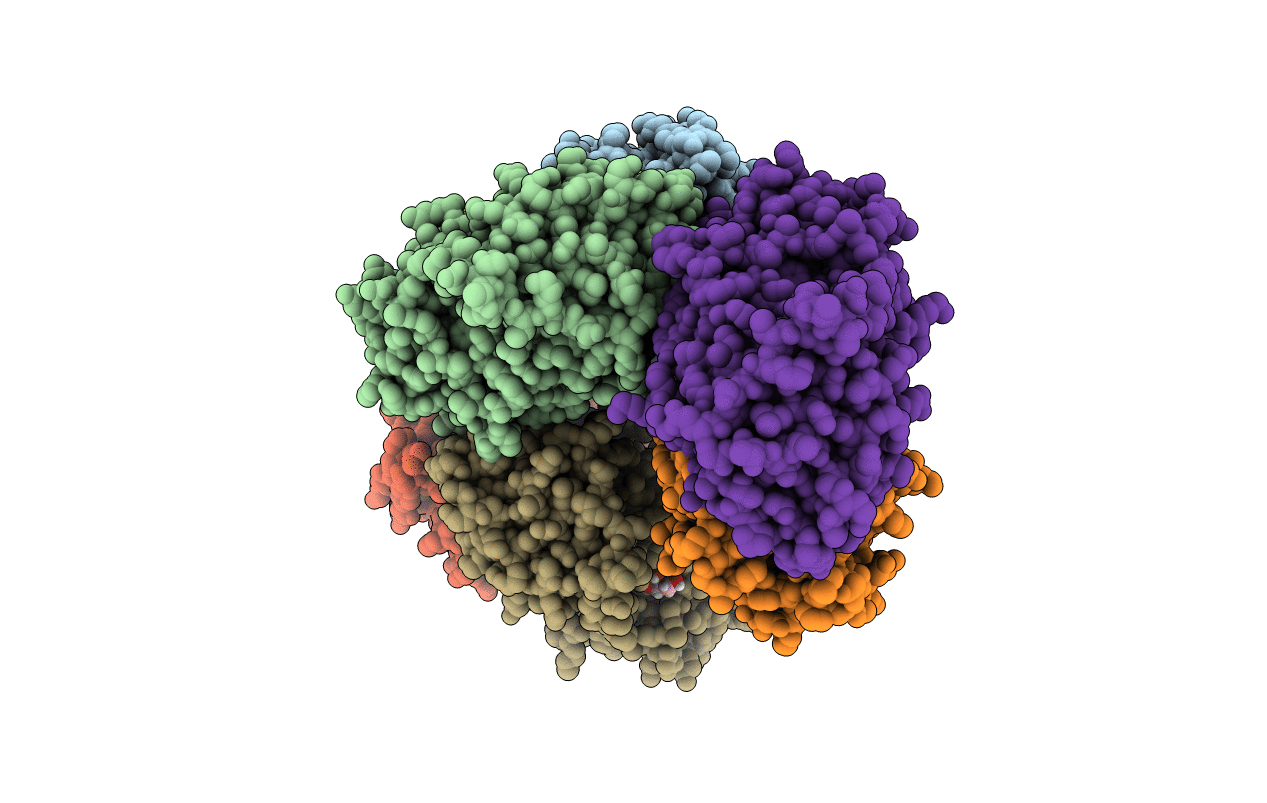
Deposition Date
2016-11-07
Release Date
2017-06-07
Last Version Date
2023-10-04
Entry Detail
PDB ID:
5TUW
Keywords:
Title:
Crystal structure of Orange Carotenoid Protein with partial loss of 3'OH Echinenone chromophore
Biological Source:
Source Organism:
Synechocystis sp. (strain PCC 6803 / Kazusa) (Taxon ID: 1111708)
Host Organism:
Method Details:
Experimental Method:
Resolution:
2.30 Å
R-Value Free:
0.23
R-Value Work:
0.18
R-Value Observed:
0.18
Space Group:
P 1


